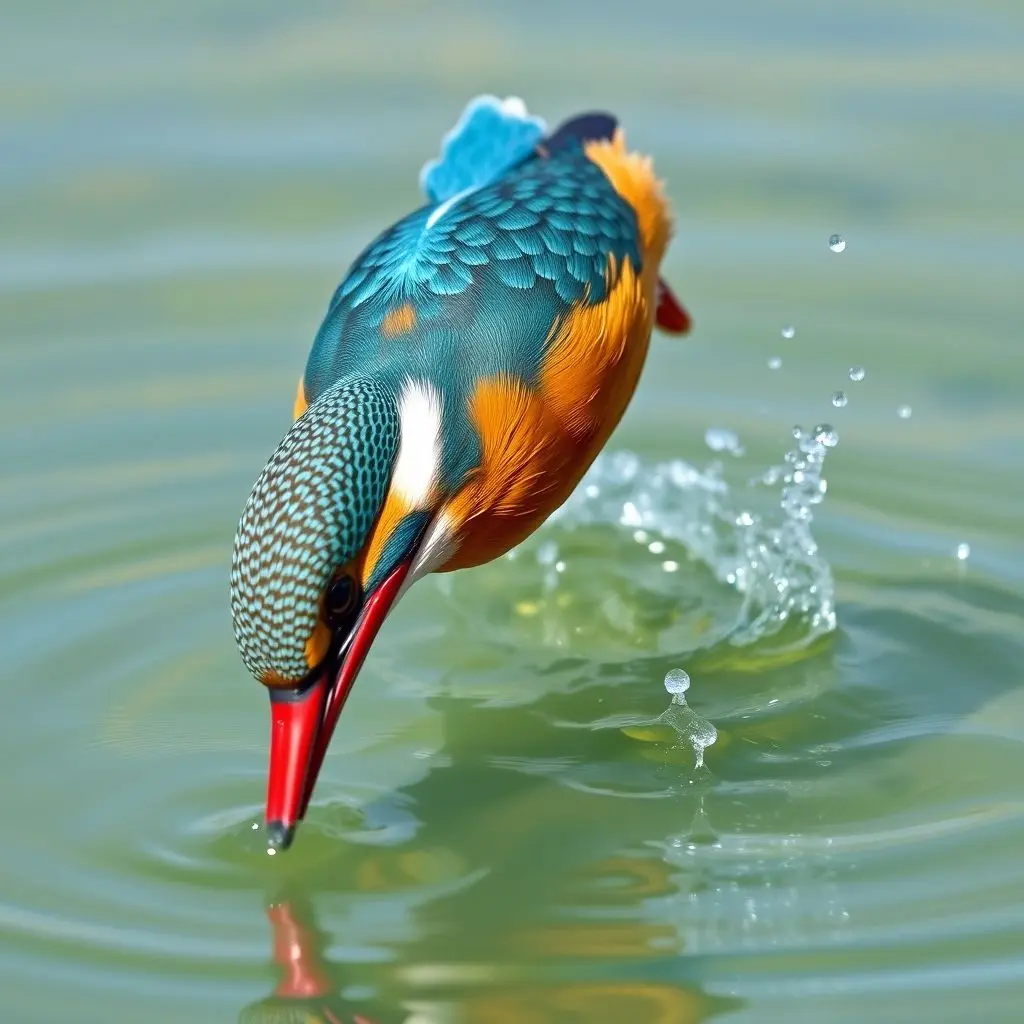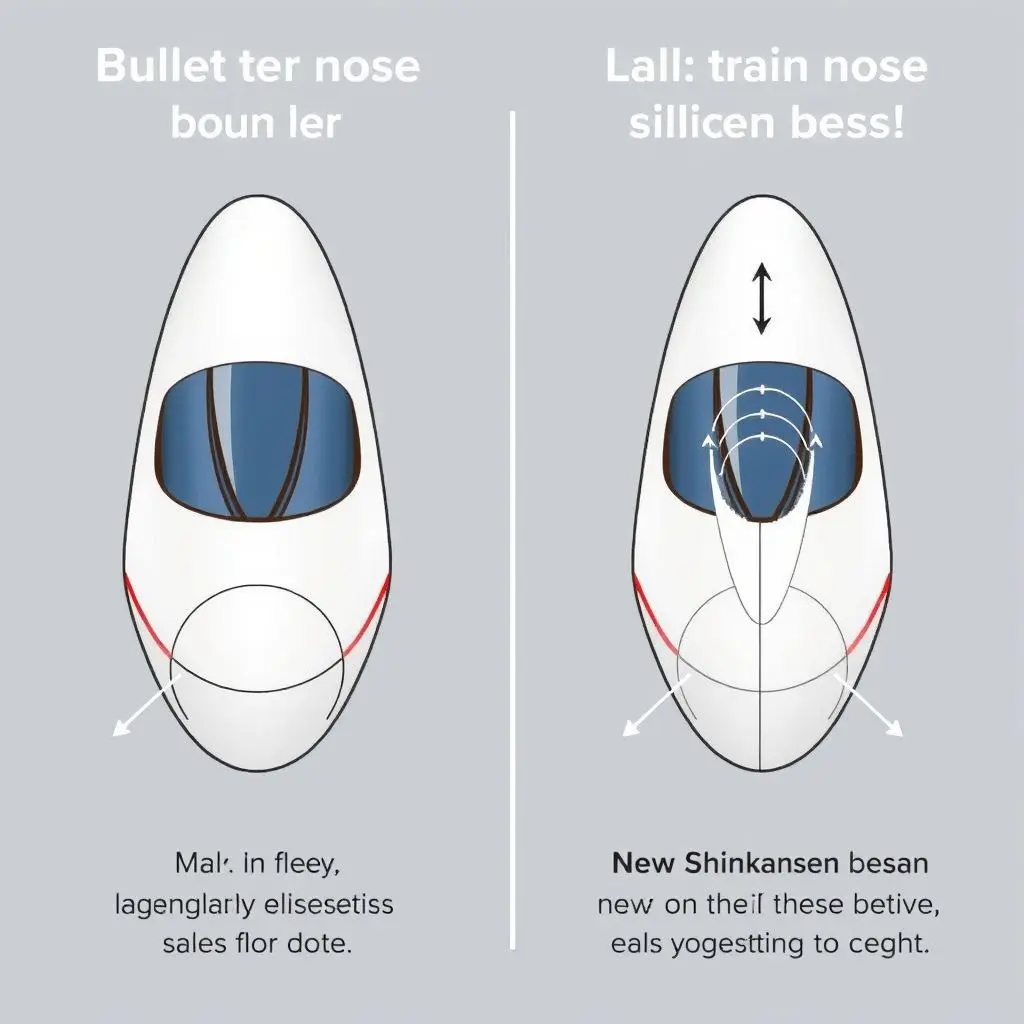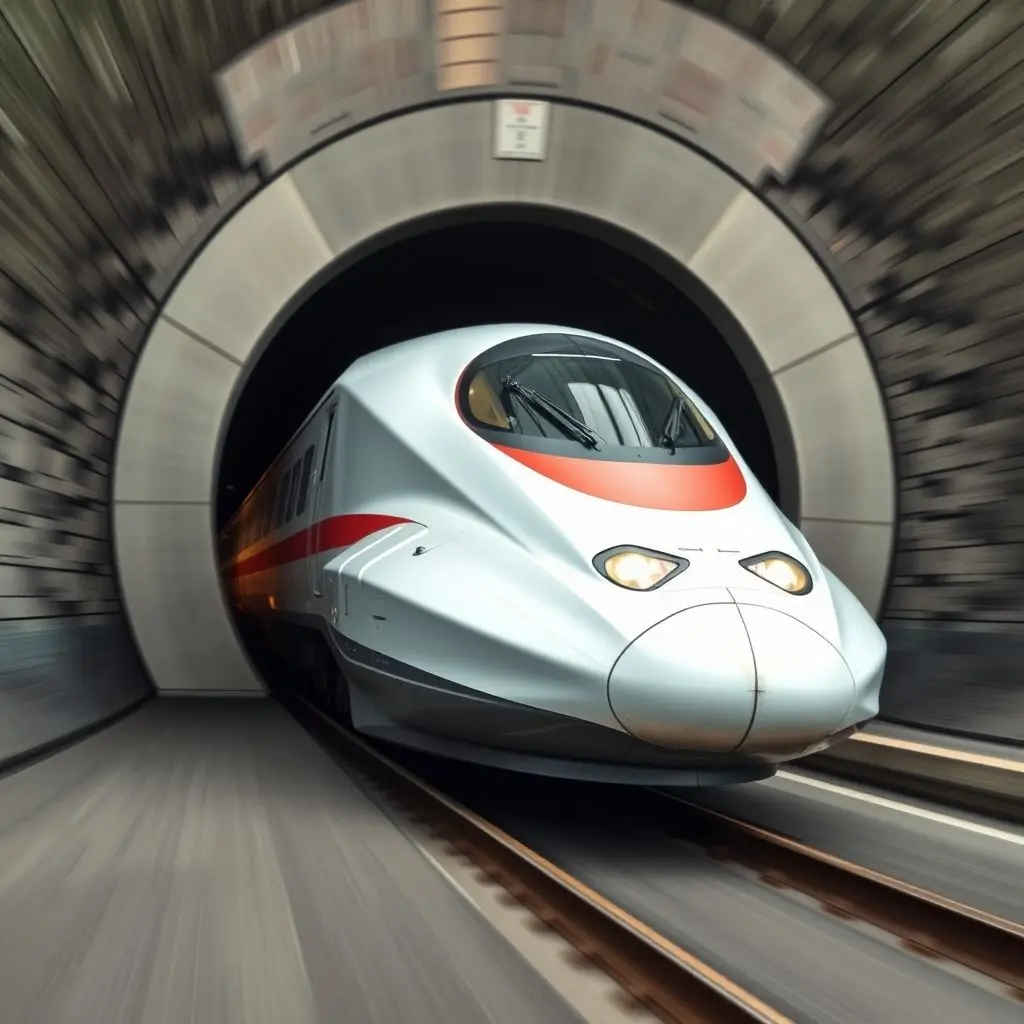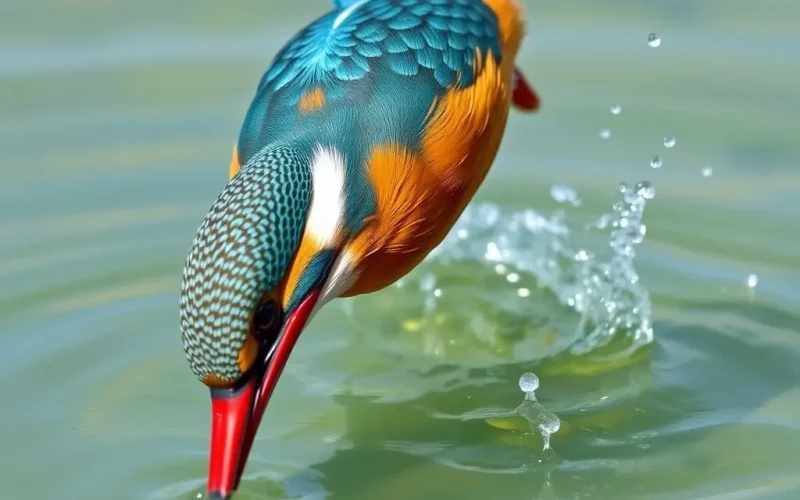What if the secret to overcoming a high-speed engineering challenge wasn’t found in advanced labs or complex algorithms, but observed in the simple, elegant dive of a bird?
Seriously, consider this: Could a creature as seemingly small and ordinary as a kingfisher hold the blueprint for designing one of the world’s most iconic symbols of speed and efficiency, Japan’s Shinkansen bullet trains?
It sounds like a fanciful thought, doesn’t it? Yet, this incredible connection between nature and technology isn’t fiction. It’s a real-world testament to the power of biomimicry, proving that sometimes, the best engineering solutions have been perfected by nature over millions of years.
Let’s dive into the fascinating story of how a beautiful blue bird helped reshape the future of high-speed rail travel.
Table of Contents
The Problem: High Speed, High Noise
Japan’s Shinkansen trains were a marvel of engineering when they first debuted, promising unprecedented speed and connectivity. However, as train speeds increased, engineers encountered an unexpected and significant problem:
When these high-speed trains entered tunnels, they acted like pistons, compressing the air ahead of them. As the train exited the tunnel mouth, this compressed air would rapidly expand, creating a powerful, thunder-like sound wave known as a ‘tunnel sonic boom’.
This wasn’t just an annoying noise; it was a serious issue causing disruptions and complaints from residents living near the tunnel exits. The pressure waves were intense enough to cause structural vibrations in nearby homes. The engineering challenge was clear: how to eliminate or significantly reduce these disruptive sonic booms without compromising the train’s speed or efficiency?
An Engineer’s Unexpected Inspiration
Solving this problem required thinking outside the traditional engineering box. Fortunately, one man with a unique perspective was on the case: Eiji Nakatsu.
Nakatsu was an engineer working on the Shinkansen, but he harbored a deep passion and hobby that extended far beyond the world of steel and rails. He was an avid birdwatcher.
His time spent observing nature provided him with a different lens through which to view engineering problems. While others might have focused solely on aerodynamics or structural mechanics, Nakatsu began to see potential solutions in the natural world around him.
It was during his birdwatching that a particular species captured his attention and sparked a revolutionary idea: the kingfisher.
Want a quick visual summary of this amazing story? Check out our YouTube Shorts below!
The Kingfisher’s Dive: A Lesson in Fluid Dynamics
What was it about the kingfisher that caught Nakatsu’s eye? It was the way these birds dive from the air into water to catch fish.

Think about it: moving from a low-density medium (air) into a high-density medium (water) at speed typically creates a significant splash and resistance. Yet, kingfishers slice into the water with almost zero splash, seemingly cutting through the surface with incredible efficiency.
Nakatsu realized that this effortless entry into water was a masterclass in minimizing resistance and managing fluid displacement. The key, he observed, was the kingfisher’s beak.
Unlike a blunt, rounded shape that pushes water aside and creates a large shockwave, the kingfisher’s long, sharp beak has a perfect aerodynamic (and hydrodynamic) profile. It’s narrow at the tip and gradually widens, allowing it to pierce the water surface and transition into the denser medium with minimal disruption and maximum efficiency. This shape minimizes the formation of vortices and pressure build-up.
This was his ‘aha!’ moment. If the kingfisher’s beak could manage the transition between air and water so smoothly, could a similar principle be applied to the train’s entry into the compressed air inside a tunnel?
Biomimicry: Learning from Nature
This approach is known as biomimicry – the practice of imitating nature’s models, systems, and processes to solve human problems. Nature, through billions of years of evolution, has optimized designs for survival, efficiency, and functionality. Biomimicry seeks to learn from this vast library of successful adaptations.
Nakatsu and his team embarked on a journey to apply the kingfisher’s beak principles to the train’s nose cone. This wasn’t a simple case of copying the shape directly. They had to adapt the concept to the scale and physics of a high-speed train.
They experimented with various nose cone designs, testing them using complex computer simulations and physical wind tunnel models. The goal was to create a shape that would smoothly enter the tunnel air, gradually displacing and compressing it, rather than hitting it like a wall.

The result was the distinctive, elongated, and highly tapered nose cone seen on modern Shinkansen models like the 500 Series.
The Transformative Results
The implementation of the kingfisher-inspired nose cone design brought about remarkable improvements:
- Noise Reduction: The primary goal was achieved. The new shape drastically reduced the tunnel sonic boom effect, mitigating noise pollution and making the high-speed rail line a better neighbor to nearby communities.
- Increased Speed: With reduced air resistance upon entering tunnels, the trains could maintain higher speeds more smoothly.
- Energy Efficiency: The improved aerodynamics meant the trains required less energy to push through the air, leading to significant fuel savings and a smaller environmental footprint.
- Passenger Comfort: The smoother entry into tunnels also reduced the uncomfortable pressure changes and vibrations felt by passengers inside the train.
This single design change, inspired by a small bird, solved a major engineering challenge and enhanced the performance, efficiency, and environmental impact of the Shinkansen.
Beyond the Beak: Nature as Our Mentor
The Shinkansen’s kingfisher nose cone is perhaps one of the most famous examples of biomimicry in action, but it’s far from the only one.

Scientists and engineers continue to look to nature for inspiration across various fields. The structure of lotus leaves has inspired self-cleaning surfaces. The design of shark skin has led to more efficient swimsuit materials and anti-fouling coatings. The adhesive properties of gecko feet are being studied for new types of grippers.
The kingfisher story is a powerful reminder that the natural world is not just a place to be preserved, but also a vast, untapped library of design innovation, perfected over millions of years.
Frequently Asked Questions (FAQs)
Q: What is biomimicry?
A: Biomimicry is an approach to innovation that seeks sustainable solutions to human challenges by emulating nature’s time-tested patterns and strategies.
Q: Who was Eiji Nakatsu?
A: Eiji Nakatsu was a Japanese engineer involved in the development of the Shinkansen bullet train, known for his role in applying biomimicry principles, specifically the kingfisher’s beak shape, to redesign the train’s nose cone.
Q: What problem did the kingfisher-inspired design solve?
A: It primarily solved the issue of ‘tunnel sonic booms’ – loud air pressure waves generated when high-speed trains entered tunnels. It also improved aerodynamics, speed, and energy efficiency.
Q: Is the entire Shinkansen designed using biomimicry?
A: While the kingfisher-inspired nose cone is the most famous example, engineers may have incorporated other nature-inspired elements or principles. However, the nose cone redesign is the most direct and impactful application of biomimicry in this context.
Q: Are there other examples of biomimicry in transportation?
A: Yes, many! Examples include studying bird wings for aircraft design, the shape of fish for submarine hulls, and the structure of honeycomb for lightweight, strong materials.
Nature’s Ingenuity, Human Innovation
The tale of the kingfisher and the bullet train is a beautiful synthesis of human ingenuity and nature’s unparalleled design wisdom. It teaches us that sometimes, the most complex problems can have surprisingly elegant solutions, waiting to be discovered not in labs, but by observing the world around us with curiosity and an open mind. It’s a compelling argument for protecting biodiversity – you never know where the next great innovation might swim, fly, or crawl from!





